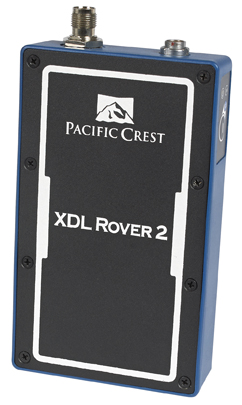Communications leader Qualcomm Technologies is putting artificial intelligence (AI) to work in the wireless technologies domain, with applications in mobility management, smart signaling, interference management, sensing and positioning.
Recently, the company announced the new Snapdragon X70 5G modem-RF, the world’s first 5G modem with a dedicated AI processor, applying advances in both wireless technologies and machine learning (ML). Qualcomm has undertaken a number of research initiatives in the areas of ML for improving communications and ML for enabling radio frequency (RF) sensing, i.e. self-supervised and unsupervised learning for positioning.
Central to Qualcomm wireless design are channel models, especially for building and evaluating ML solutions. Neural channel models, for example, can accurately match complex field data distribution. The company has acknowledged that standalone ML solutions have limitations, such as not generalizing well and not being interpretable. It is therefore using neural augmentation, a concept that could prove beneficial.
Qualcomm AI research to enable RF sensing makes the distinction between active positioning, with a communications device, and passive positioning, where access points alone are used to determine the position of a device-less target.
Active positioning is especially useful indoors and in other locations without a clear line-of-sight to GNSS satellites (GNSS). Indoor navigation, underground vehicle navigation, AGV tracking, and asset tracking are all examples of applications that could benefit from active positioning with RF sensing. Qualcomm has already demonstrated the technology in real-life scenarios, such as precise positioning for future factories.
ML enabling RF-based tracking
Common precise positioning methods currently in use, such as time difference of arrival (TDOA), do not require labels but are not very accurate under non-line-of-sight scenarios and do not make use of multipath information. Meanwhile, typical ML methods, such as RF finger printing (RFFP), can be quite accurate but they require a lot of labels and tend to lack robustness when the environment changes.
In a recent communication, Arash Behboodi Engineer and Senior Manager at Qualcomm described the company’s industrial precise positioning method, called Neural RF SLAM, which seems to combine the benefits of both TDOA and RFFP. In experiments with unlabeled channel state information (CSI), an average accuracy of 43.4 cm for 90% of users has been achieved. Using unlabeled data is crucial to making this precise positioning technology scalable.
A variety of use cases for passive positioning with RF sensing can also be envisaged across industries, from presence detection and sleep monitoring to touchless control for devices. Current solutions often do not perform well in real-world conditions or are not easily scalable.
The Qualcomm solution, called WiCluster, is the first weakly supervised passive positioning technique that can address existing deployment challenges. It works well outside line-of-sight, across multiple floors, and only requires a few labels. In a work environment with offices and conferences rooms, for example, WiCluster has been shown to achieve precise positioning with mean errors less than 1.1 m and 2.1 m respectively. Based on these results, Qualcomm would seem to be on its way to overcoming some of the difficult challenges confronting current RF sensing methods.






